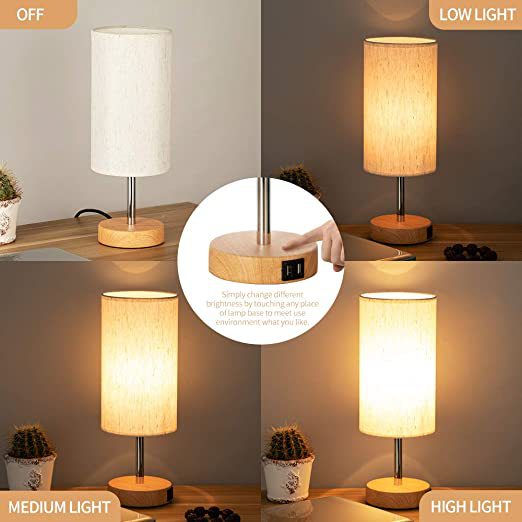Your cart is empty Continue Shopping
Choosing the Right Color Temperature for Lighting Fixtures: A Guide to Creating the Perfect Ambiance
The color temperature of lighting fixtures plays a vital role in setting the mood and ambiance of any space. Understanding how different color temperatures can impact the atmosphere is crucial in creating the desired look and feel.
In this blog post, we’ll explore the significance of color temperature in lighting and provide guidance on how to choose the right color temperature for various environments and purposes.

Understanding Color Temperature:
Color temperature is measured in Kelvin (K) and refers to the warmth or coolness of light emitted by a bulb or fixture. Lower color temperatures (ranging from 2700K to 3000K) produce warmer, more yellow-toned light, resembling the soft glow of candlelight. Higher color temperatures (ranging from 4000K to 5000K and above) emit cooler, bluer-toned light, similar to natural daylight.
Choosing the Right Color Temperature:
1. Warm White (2700K-3000K): Warm white light is ideal for creating a cozy and inviting ambiance in residential spaces such as living rooms, bedrooms, and dining areas. It adds a sense of warmth and comfort, making the environment feel more intimate and relaxed. Warm white light is also well-suited for hospitality settings, such as restaurants, cafes, and boutique hotels, where a welcoming and cozy atmosphere is desired.
2. Cool White (3500K-4100K): Cool white light falls within the neutral range and is often used in workspaces, kitchens, and bathrooms. It provides a bright and energizing ambiance, making it suitable for tasks that require focus and clarity. Cool white light is also commonly used in retail and commercial settings to enhance visibility and create a clean, modern aesthetic.
3. Daylight White (5000K and above): Daylight white light simulates natural daylight and is best suited for areas where visibility and color accuracy are essential, such as art studios, workshops, and garages. It can also be used in outdoor settings, such as security lighting, to provide a sense of safety and alertness during nighttime hours.
Considerations for Specific Spaces:
– Living Room: Opt for warm white lighting to create a cozy and inviting atmosphere, perfect for relaxation and socializing.
– Kitchen: Choose cool white or daylight white lighting to ensure adequate brightness for food preparation and cooking tasks.
– Office: Select cool white lighting to promote productivity and focus, especially in areas where work-related activities take place.
In conclusion, understanding the impact of color temperature on the ambiance of a space is essential in choosing the right lighting for different environments and purposes. By considering the desired atmosphere and functionality of each space, you can select the appropriate color temperature to create a welcoming, comfortable, and visually appealing environment. Whether it’s at home, in a commercial setting, or an outdoor space, the right color temperature can significantly enhance the overall experience and functionality of the area.
